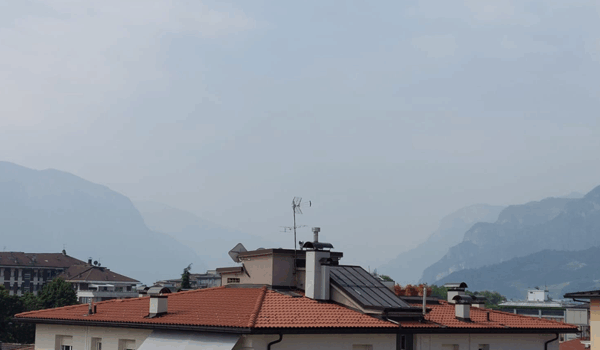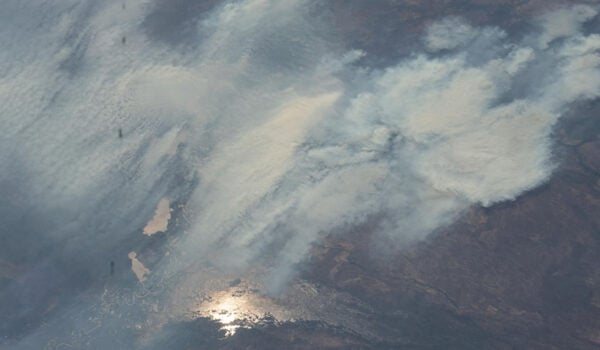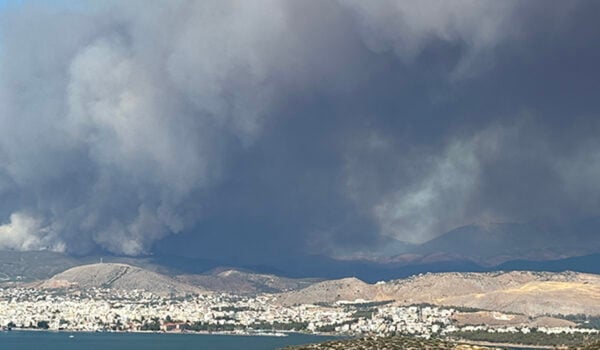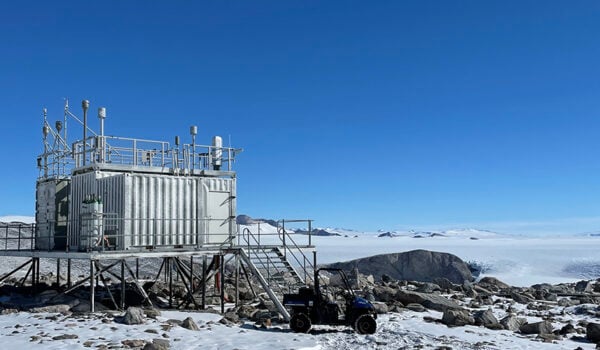Smoke from the giant wildfires in Canada is now contributing to bad air quality in several European cities. At the same time, dust from Sahara is moving in over Europe.
Back in 2023, the wildfires in Canada raged for months. The smoke was so intense that cities in both Canada and the US reported low visibility and harmful air quality. Some of the smoke from these fires was also transported to Europe, where it contributed to very beautiful sunsets.
This year, Canada is burning again, and right now, the emissions from wildfires are comparable to those of the same time in 2023. Since May there has been an ongoing transatlantic atmospheric transport of smoke to Europe.
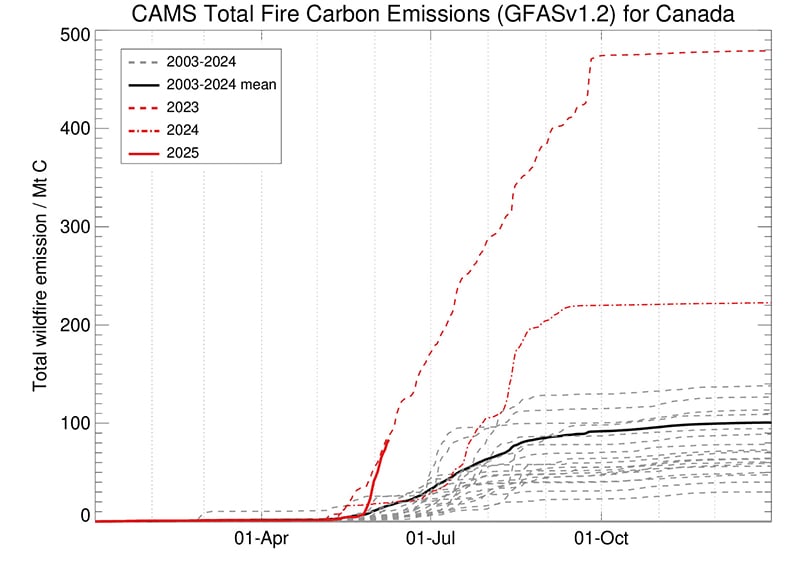
“We are modelling the transport of the smoke and following its path visible in satellite images. We have also detected the signal in the atmosphere above the Birkenes observatory in the south of Norway”, says senior scientist Sabine Eckhardt.
The instrument detecting the smoke signal above the Birkenes observatory is called a Ceilometer.
“Very simply put, it can see particles in the air by sending up a laser beam and looking at the backscattered signal from the particles. Yesterday the sky was cloud free and smoke layers are clearly visible between 3 km and 7 km altitude,” explains senior scientist Kerstin Stebel.

Smoke and dust visible by the naked eye
Senior scientist Massimo Cassiani from NILU is in Trento, Italy. From his balcony, he can see the aerosols in the air.
“It is amazingly ‘foggy’ here today, the levels of aerosol particles in the air are so high I could hardly believe it,” he says.

Aerosols are tiny, solid or liquid particles suspended in the atmosphere. They can be either natural, for example Saharan mineral dust, smoke from forest fires or sea salt, or come from human activities, such as burning coal or oil or agriculture.
During the last few days, the smoke from Canada has accumulated over the alpine region and is now leading to reduced air quality in several cities. It is also visible with the naked eye, as senior scientist Christine Groot Zwaaftink in Davos, Switzerland, can report.
“When looking towards the mountains, the haze is clearly visible and has been since Monday,” she says.

Observatories on mountain stations like Sonnblick in the Austrian alps are detecting these strongly absorbing aerosols. The figure below shows the aerosol particle light absorption coefficient for several different wavelengths measured by a filter absorption photometer (AE33) at Sonnblick Observatory, Austria. An increase in the absorption coefficient indicates an increase in carbonous aerosol particles (black carbon), such as from wildfire emissions.

“Over the next few days, we expect more smoke coming in over Norway, but not as much as in Central Europe. Our forecast also shows that this smoke episode could be followed by desert dust from the Sahara coming in over Europe, leading to even more dust pollution in the air,” says Stebel.
The simulation shows how the smoke and soot particles from Canada are carried through the atmosphere. To create this simulation, the researchers used meteorological data from the Global Forecast System (GFS) at the National Centers for Environmental Prediction (NCEP) in the United States. The yellow areas of the cloud signal where there are the most soot particles in the air. The white dot is the Sonnblick Observatory in the Austrian alps. Credit: Sabine Eckhardt, NILU
